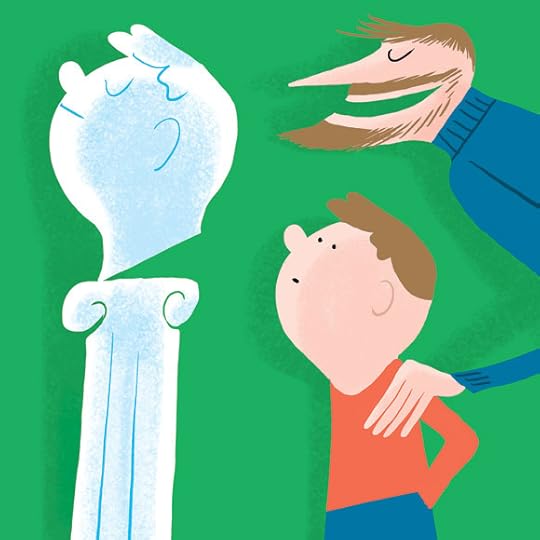In Praise of Better Praise

In 1911, the psychologist Edward Thorndike proposed a fundamental law of animal behavior called the Law of Effect. Reward a behavior, and it would be more likely to take place again; punish the behavior, and it would be less likely to recur. Thorndike’s subject of choice was the cat, and his reward of choice, food. He would put a hungry cat in what he called a puzzle box—a small, cagelike contraption that could be opened by the press of a lever or a bar—and place a dish of food outside the box. If the cat learned how to use the box’s opening mechanism, it would be rewarded with a tasty morsel. The positive reward led to faster learning, until the cat became a master puzzle-box operator. Most behaviors, Thorndike eventually concluded, could be shaped with positive feedback.
What is true for cats, Thorndike argued, also applies to humans. But while food does sometimes enter the picture—there’s nothing quite so motivating as a growling stomach when you have work to do—the rewards for a human tend to be more subtle, often taking an altogether intangible form: praise. Teachers commonly believe that praising students, especially for their innate intelligence, improves their confidence and leads to better learning. That notion has crept into other areas as well. One of the most popular formats for workplace-performance reviews is the so-called feedback sandwich: if you want to offer a colleague or a subordinate some criticism, it’s more effective to sandwich it between two pieces of praise.
...read moreThe New Yorker's Blog
- The New Yorker's profile
- 205 followers



